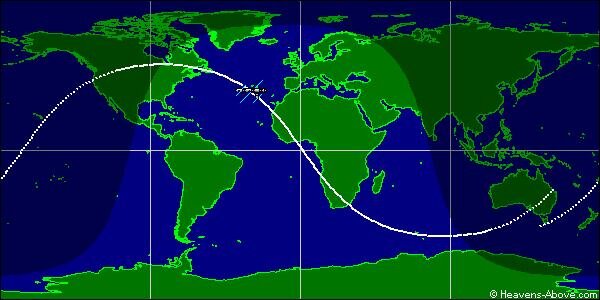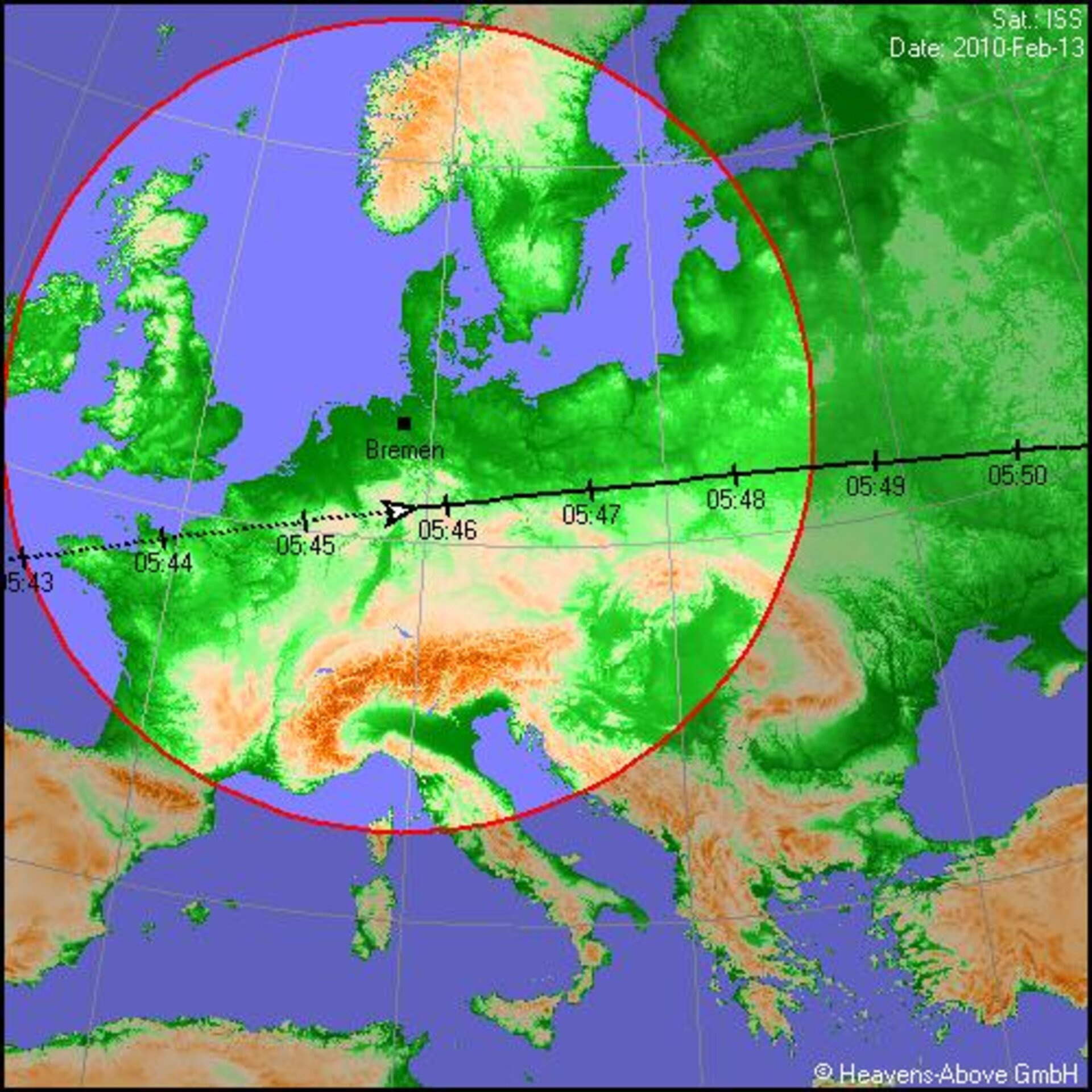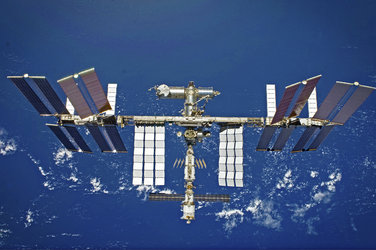See the ISS and Endeavour over Europe
The conditions in northern Europe are set for nice views of the ISS as it passes overhead up to four times a night this coming weekend. All you need is the timetable and a clear sky.
The International Space Station together with Space Shuttle Endeavour docked to it is so bright that spotting them with the naked eye is not at all difficult, provided you know where and when to look.
The ISS orbits Earth every 92 minutes only about 400 km above our heads and tilted about 52 degrees in relation to the equator. When the position of the Station is projected onto a conventional map of the world, it moves in a curve from south to north. The ISS passes over most regions on Earth every day, in some places several times a day.

For most locations in Europe the ISS can be seen easily only when the northern points of the orbit happen to coincide with good lighting conditions and night time. This is the case right now: the ISS enjoys very good visibility from the northern parts of Europe.
Normally the best time for ISS-gazing is just before dawn or just after sunset, when the observer is in the dark but the ISS is lit by the Sun. When visible, ISS is one of the brightest objects in the night sky, making it fairly easy to spot from when it rises above the horizon in a westerly direction until it sets towards the east.
How about photographing ISS as it glides through the night sky? Send your best images via twitpics to @esa or by email esabuzz@gmail.com.
Viewing times where you are

Go to http://www.esa.int/seeiss to find out the best viewing times from where you live. Or follow these links for viewing times from some of Europe’s major cities:
Athens
Berlin
Copenhagen
Lisbon
London
Madrid
Paris
Rome
Stockholm
Note that magnitude figures on the lists are 'inverse': more negative means the ISS is brighter.





